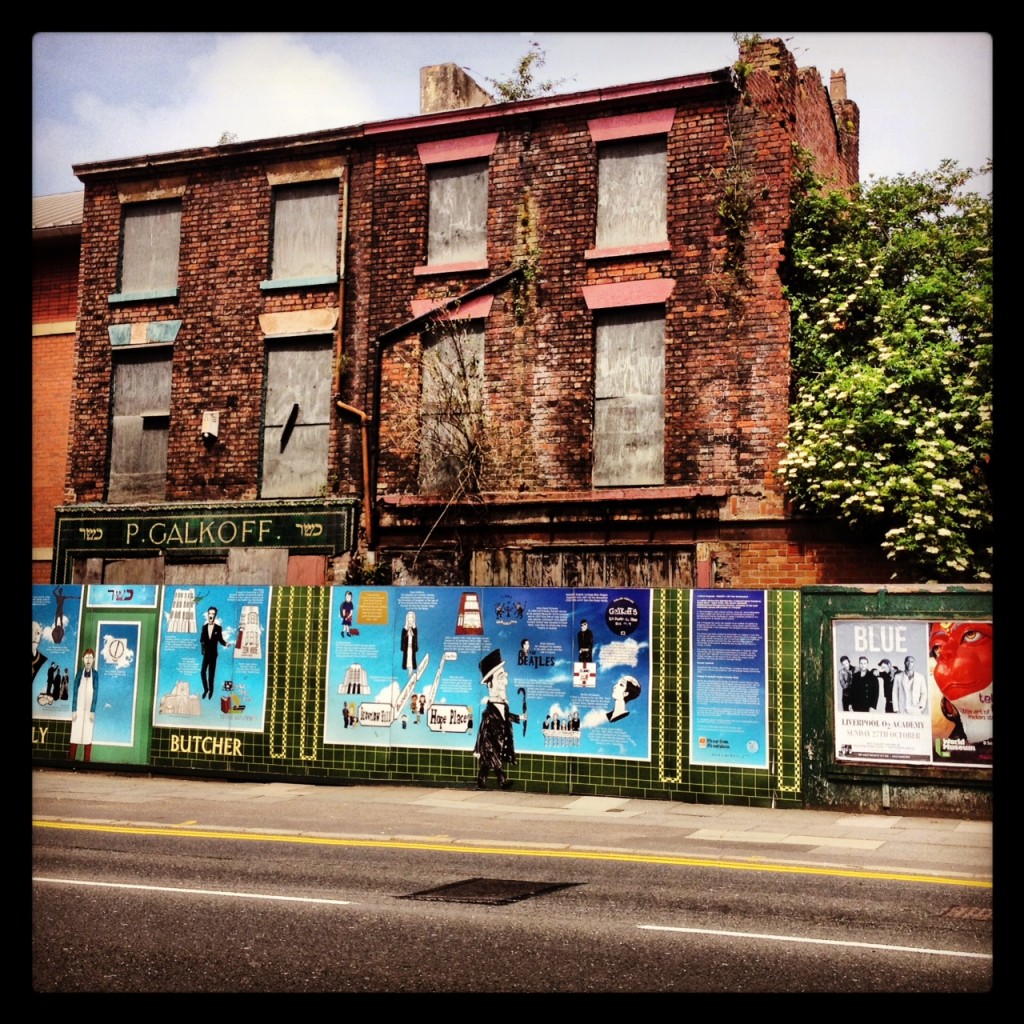After this week’s trip to Liverpool, and being recommended the Tristram Hunt book [amazon_link id=”075381983X” target=”_blank” ]Building Jerusalem[/amazon_link], about Britain’s great Victorian cities, I turned back to Ed Glaeser’s excellent [amazon_link id=”0330458078″ target=”_blank” ]Triumph of the City[/amazon_link] to remind myself what he says about urban decline. The book is mainly about US cities, but he notes that Liverpool’s population has declined from 867,000 in 1937 to around half that figure. Like other industrial cities, the decline has been due to the changed structure of the economy beginning a vicious circle of unemployment, de-skilling, disinvestment and poverty.
[amazon_image id=”0330458078″ link=”true” target=”_blank” size=”medium” ]Triumph of the City[/amazon_image]
As for what to do, Glaeser concludes the chapter: “The path back for declining industrial towns is long and hard. Over decades, they must undo the cursed legacy of big factories and heavy industry. They must return to their roots as places of small-scale entrepreneurship and commerce. Apart from investing in education and maintaining core public services with moderate taxes and regulations, governments can do little to speed the process.”
I’m less fatalistic than this about the scope for local government to encourage revival. It ignores the important role of urban leadership in shaping expectations and bringing about the kinds of connections between people that can spark creativity or prompt some investment. This is the kind of ‘soft’ government activity often overlooked by economists, but it’s important; we shouldn’t forget the vital role of expectations in determining growth. We do have to be patient – but these cities are certainly not lost causes. Even Detroit, which has suffered perhaps the greatest decline of all, seems to be turning the corner.

Heritage Liverpool – ripe for revival?

This is the question that no one can answer (so far)
The movement to the centre seems to be unstoppable, be it out of town mega shopping centres v the high street, smaller factories v larger (remember Henry Ford?) or south east v the north
I well remember a visit to Consett steel works a couple of years before it was closed. Profitable and producing high grade product yet it fell victim to bigger is best
Mary Portas can strive as hard as she likes but Berwick upon Tweed High Street, like many others, just can’t compete with free parking and one stop shopping of the local superstore
Can I venture a view that the idea that HS2 will enable regeneration in the north is equally flawed? What it will actually do is enable many to gravitate faster to the south east where the enterprise is located
“I’m less fatalistic than this about the scope for local government to encourage revival”
Doesn’t local government need the power and resources to do this. At the moment, central government funding of LG is being taken away without being given any corresponding power to raise it’s own revenues.
LG has traditionally been funded by property taxation. As I’ve said before, I’m in favour of Land Value Tax (which rates approximate) – which would fall most heavily on the SE so may reduce the burden on our Northern cities. If LVT is infeasible, maybe something like Tim Leunig’s Community Land Auctions, where councils pocket the uplift in land values once planning consent is given, should be tried.
I’m all in favour of fiscal devolution to city authorities, but was trying to make a point about the power urban leaders have to shape expectations even without extra tax revenues – shifting everyone to a different focal point, as it were.